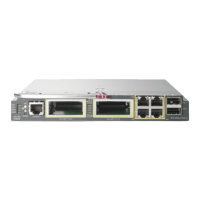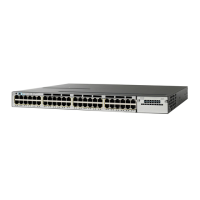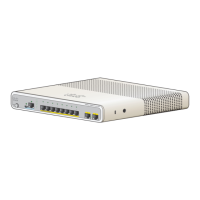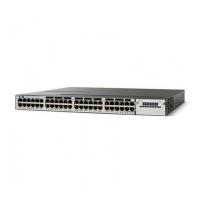set
To classify IP traffic by setting a Differentiated Services Code Point (DSCP) or an IP-precedence value in
the packet, use the set command in policy-map class configuration mode. Use the no form of this command
to remove traffic classification.
set cos| dscp| precedence| ip| qos-group
set cos {cos-value } | {cos| dscp| precedence| qos-group} [table table-map-name]
set dscp {dscp-value } | {cos| dscp| precedence| qos-group} [table table-map-name]
set ip {dscp| precedence}
set precedence {precedence-value } | {cos| dscp| precedence| qos-group} [table table-map-name]
set qos-group {qos-group-value| dscp [table table-map-name]| precedence [table table-map-name]}
Syntax Description
Sets the Layer 2 class of service (CoS) value or user priority
of an outgoing packet. You can specify these values:
• cos-value—CoS value from 0 to 7. You also can enter
a mnemonic name for a commonly used value.
•
Specify a packet-marking category to set the CoS
value of the packet. If you also configure a table map
for mapping and converting packet-marking values,
this establishes the "map from" packet-marking
category. Packet-marking category keywords:
◦ cos—Sets a value from the CoS value or user
priority.
◦ dscp—Sets a value from packet differentiated
services code point (DSCP).
◦ precedence—Sets a value from packet
precedence.
◦ qos-group—Sets a value from the QoS group.
• (Optional)table table-map-name—Indicates that the
values set in a specified table map are used to set the
CoS value. Enter the name of the table map used to
specify the CoS value. The table map name can be a
maximum of 64 alphanumeric characters.
If you specify a packet-marking category but do not
specify the table map, the default action is to copy
the value associated with the packet-marking category
as the CoS value. For example, if you enter the set
cos precedence command, the precedence
(packet-marking category) value is copied and used
as the CoS value.
cos
Command Reference, Cisco IOS XE Everest 16.5.1a (Catalyst 3650 Switches)
662
set
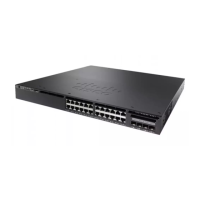
